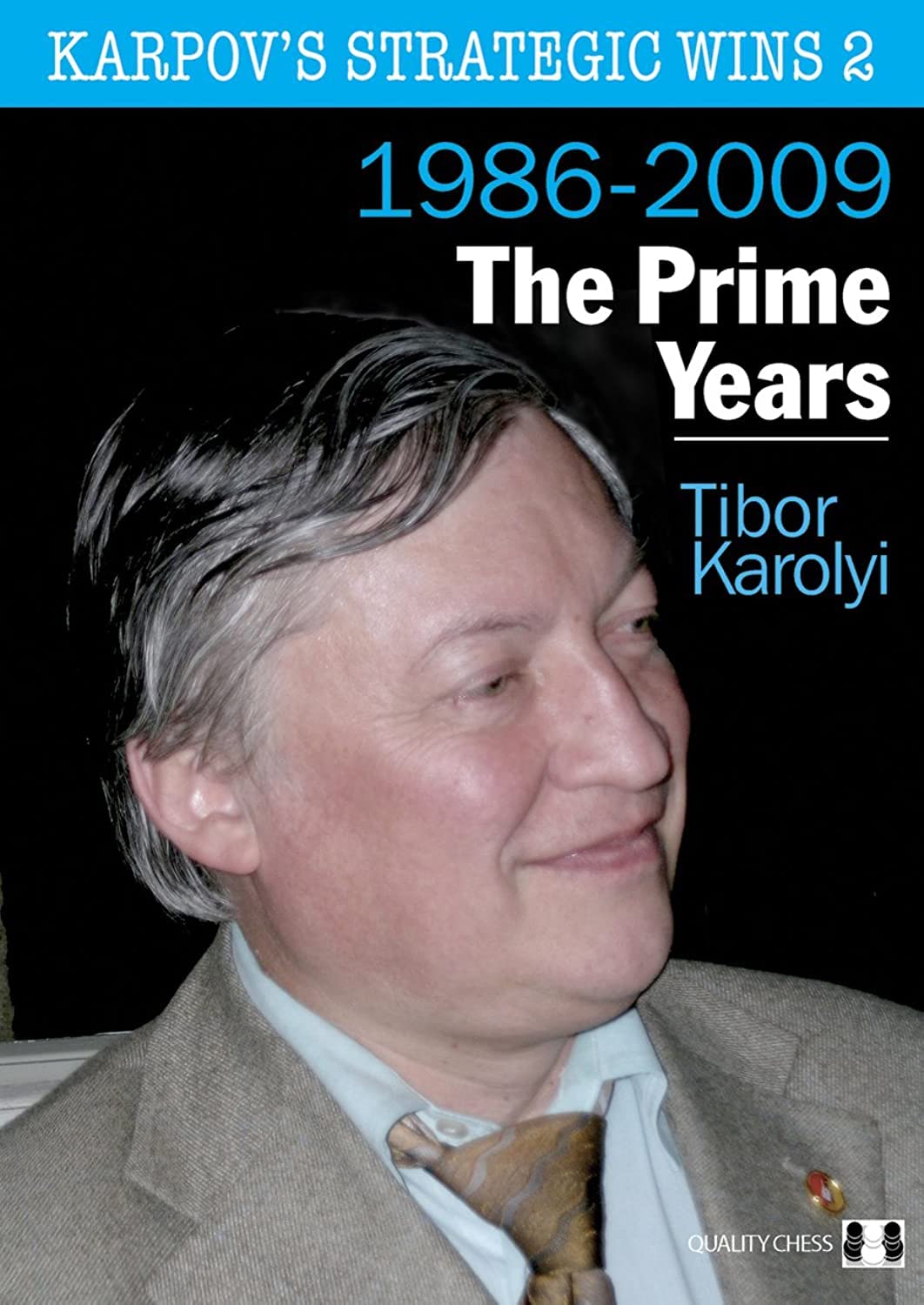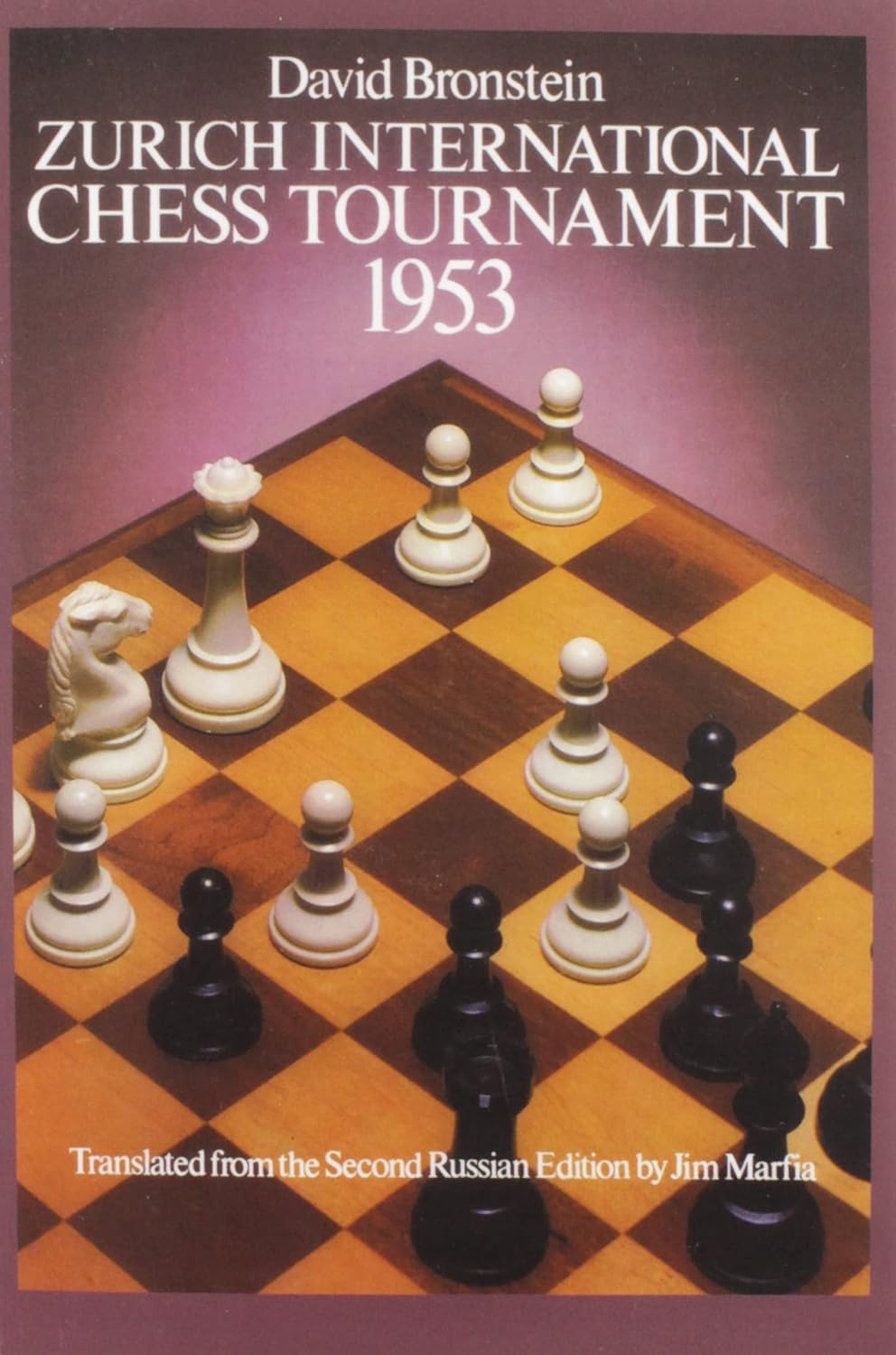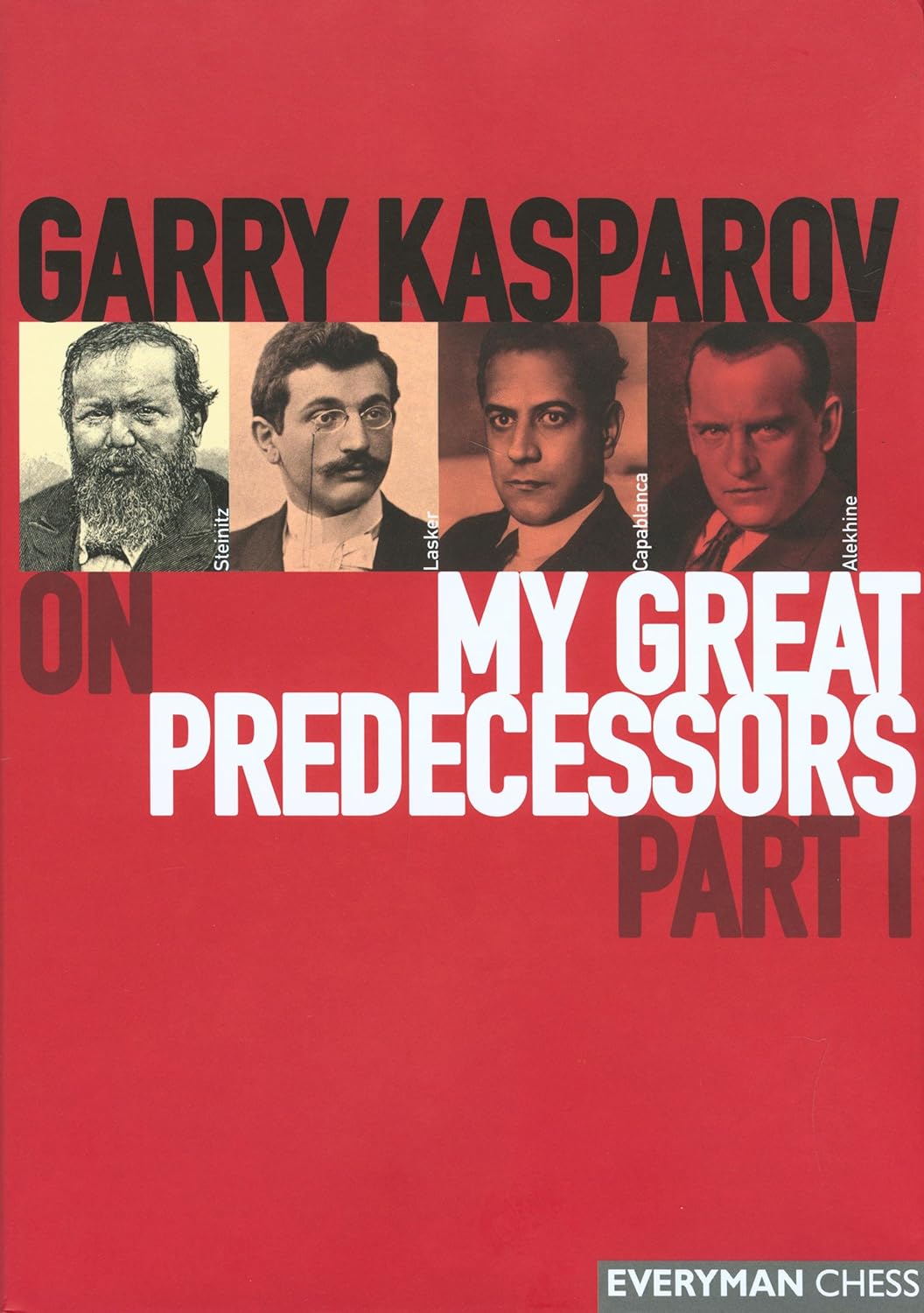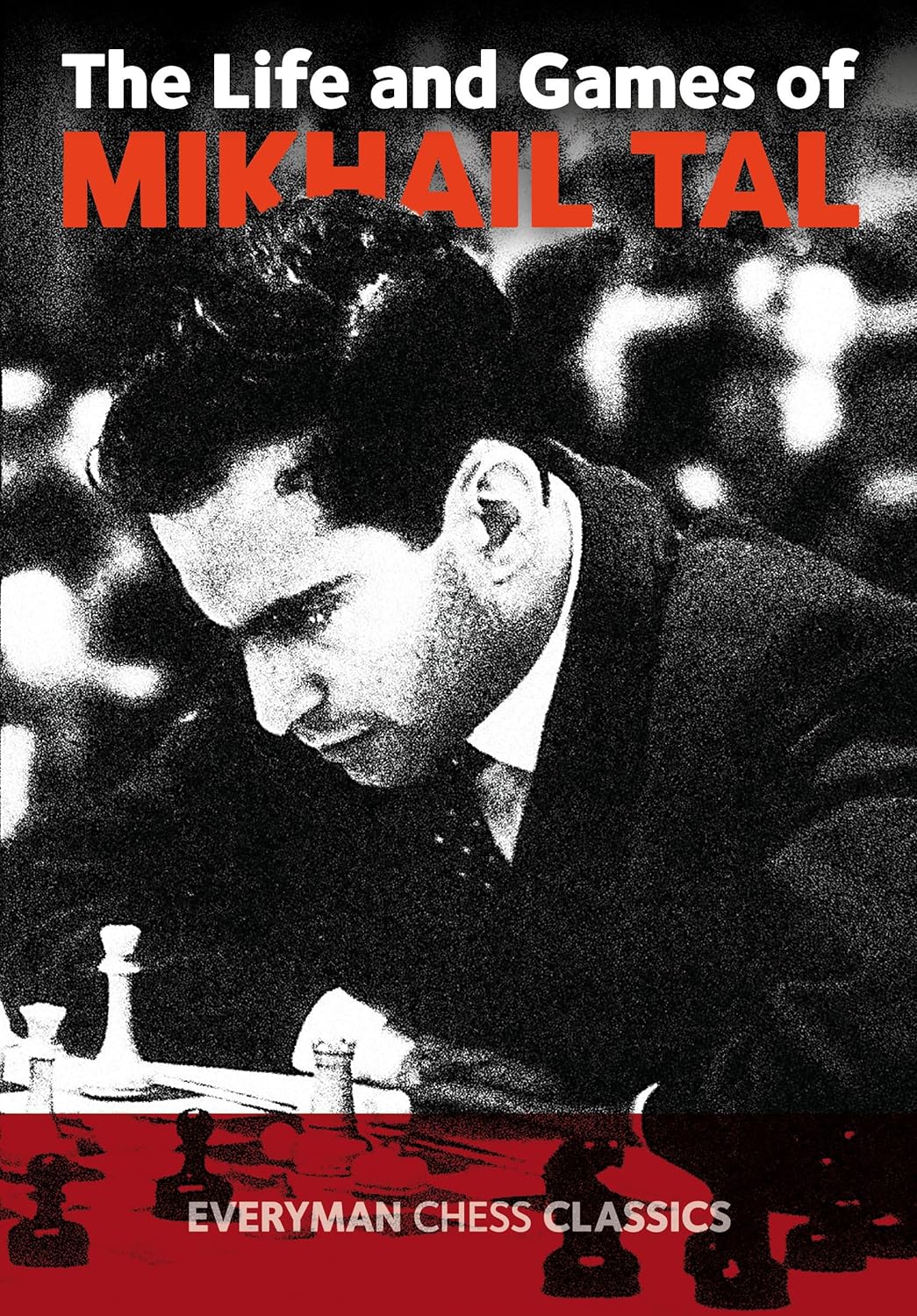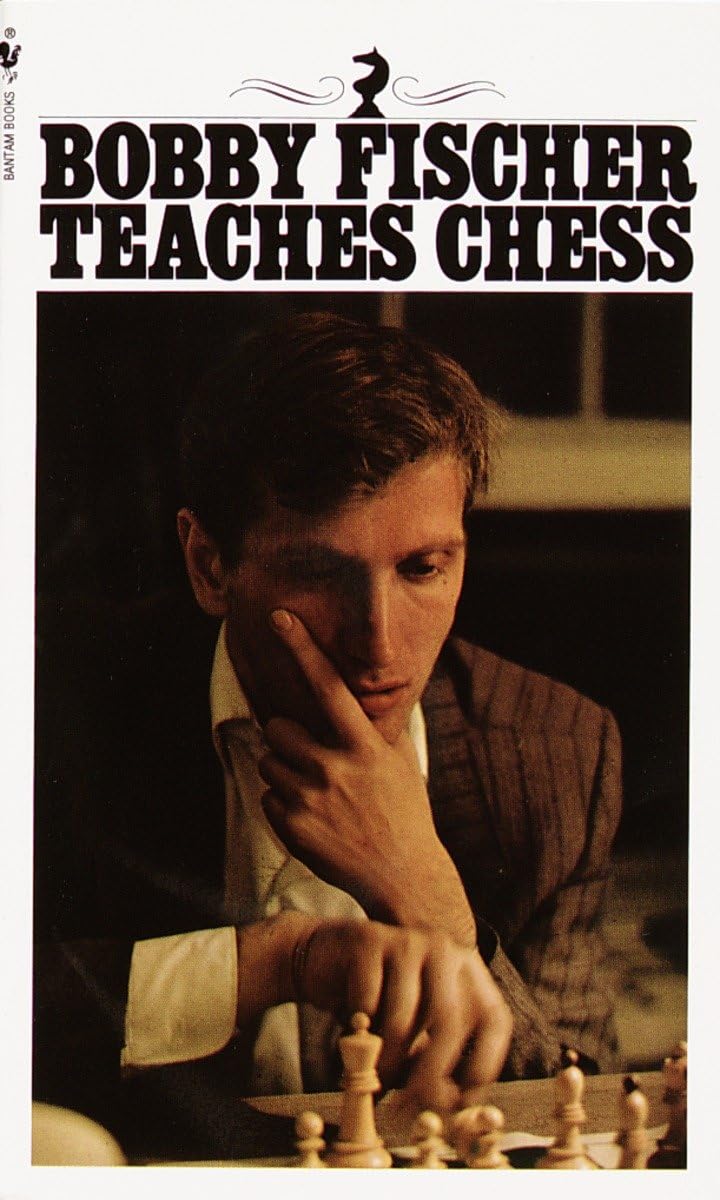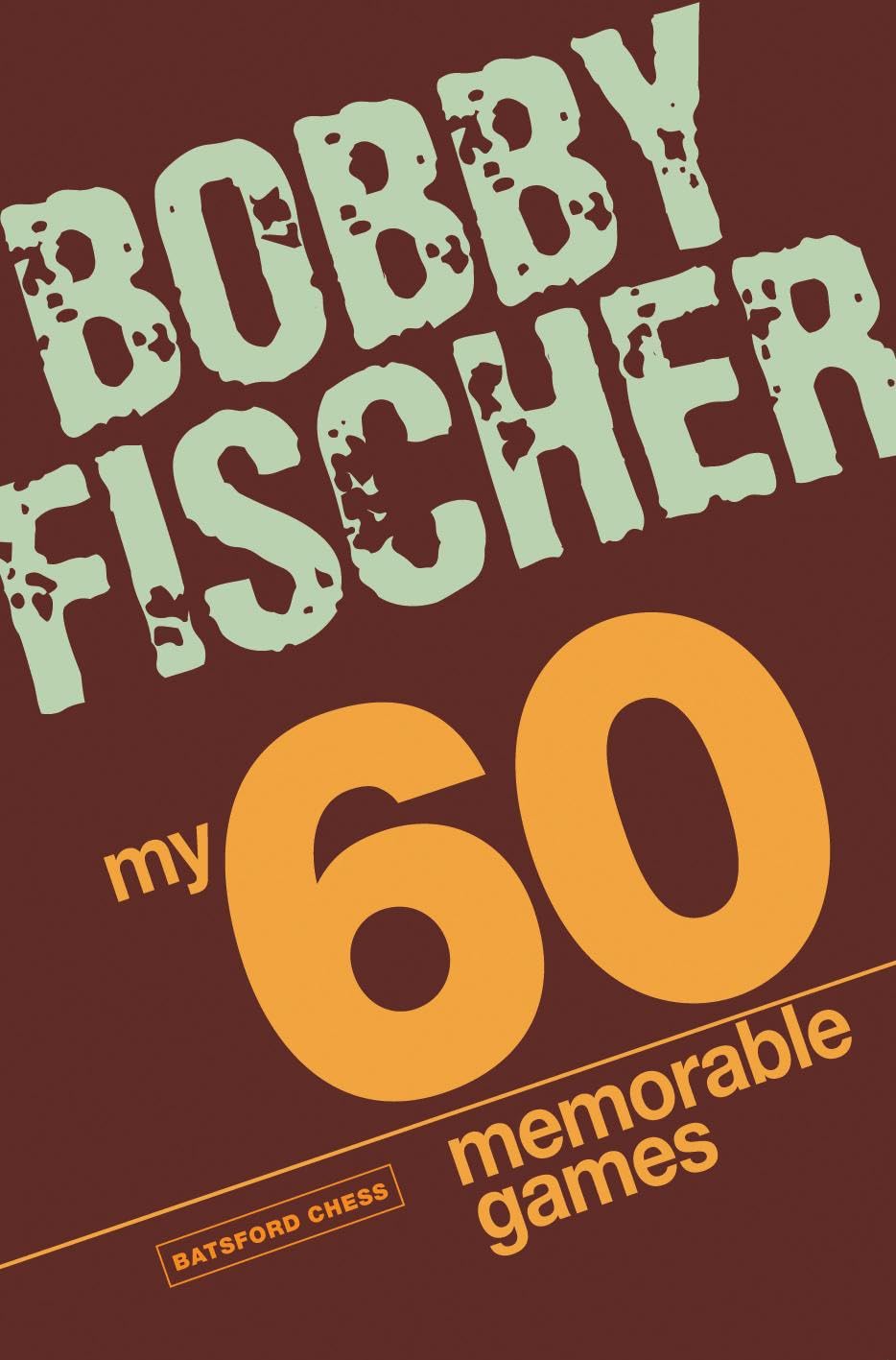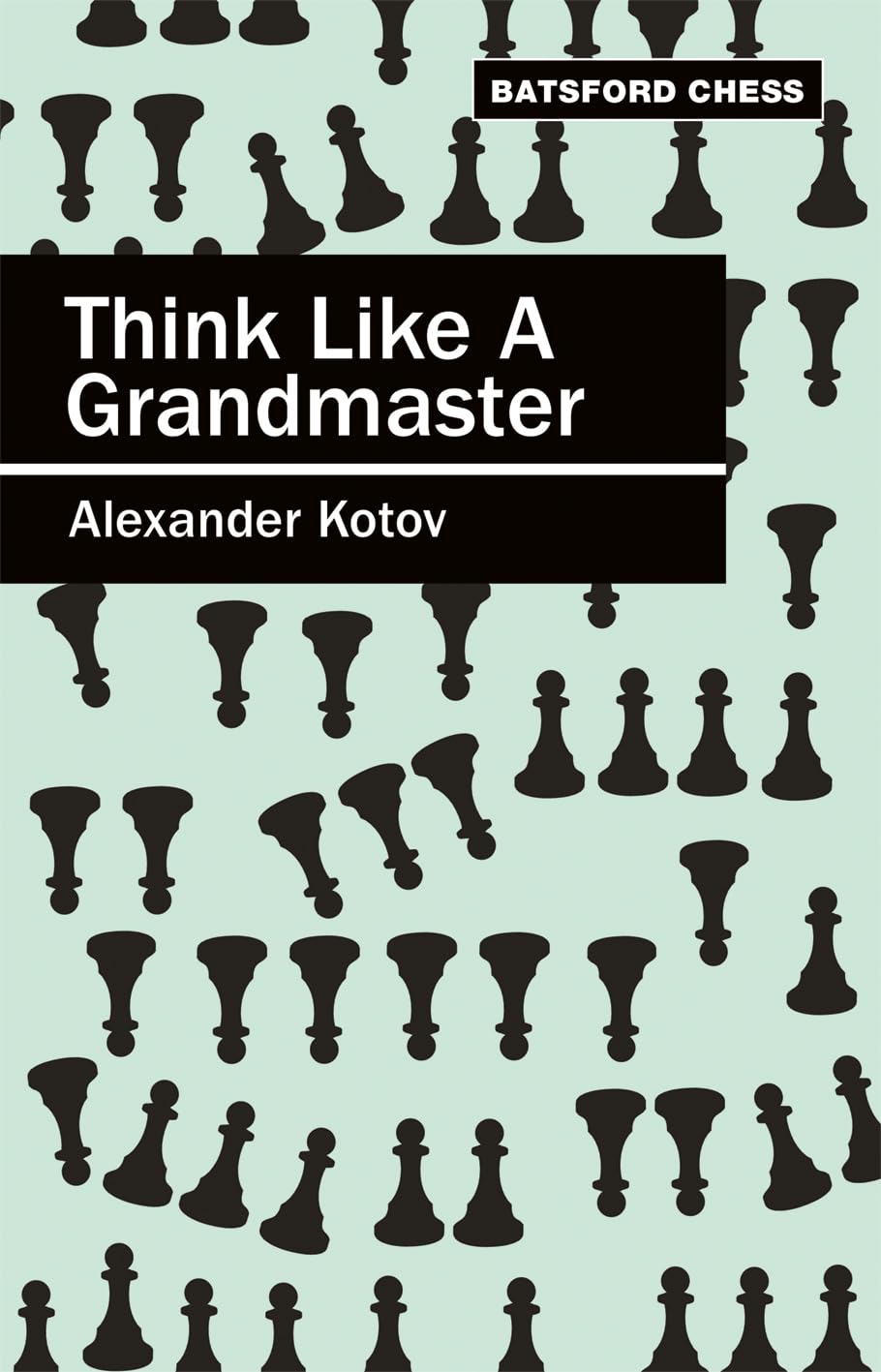Chess is a game that has been played for centuries and has inspired countless books. However, with so many options available, it can be challenging for chess enthusiasts to determine which books are worth their time. In this article, readers will discover the top 10 classic chess books that every fan should know, providing them with a solid foundation for their chess library.
1. How to Reassess Your Chess by Jeremy Silman
How to Reassess Your Chess by Jeremy Silman is a comprehensive guidebook that teaches chess players how to develop plans in the middlegame and understand the ideas of positional chess. The book emphasizes the importance of noticing imbalances in positions and offers a step-by-step thought process to help players create effective middlegame plans.
Written by IM Jeremy Silman, a world-class author known for his humor and deep understanding of amateur chess players’ shortcomings, this book is designed for a wide range of players, from 1200 to 2000 strength. It is also a valuable tool for those who are returning to the game after taking a break.
Silman’s accessible writing style and his ability to explain complex ideas in simple terms make this book a classic that has something for everyone. For those who want to get a taste of Silman’s writing style, they can read some of his articles on Chess.com.
2. Karpov’s Strategic Wins (two volumes) by Tibor Karolyi
Karpov’s Strategic Wins, authored by Tibor Karolyi, is a two-volume game collection that is a must-have for any chess enthusiast seeking to improve their positional play. The book is a deep analysis of former world champion Anatoly Karpov’s games, which are known for his seemingly simple yet dangerous style of play.
The writing style is clear and accessible, making it easy for readers to understand the strategic concepts behind Karpov’s moves. The book is an excellent resource for players of all levels, from beginners to grandmasters. For other game collections on positional players, readers can check out Karpov’s own work My Best Games or Harry Golombek’s Capablanca’s Hundred Best Games.
3. Zurich International Chess Tournament, 1953 by David Bronstein
David Bronstein’s book on the Candidates’ Tournament leading up to the 1954 world championship match with Mikhail Botvinnik is considered one of the greatest chess tournament books of all time. The book provides an insightful snapshot of top-level chess during that era and is well-annotated, making it a timeless classic.
Bronstein’s writing and annotations are geared towards the average player, with the target audience being 1200-2000+ strength. This accessible piece of chess history is a must-have for any chess enthusiast. For those interested in other books that focus on super-tournaments of the past, Alexander Alekhine’s two books, New York 1924 and New York 1927, are highly recommended.
4. My System by Aron Nimzowitsch
Aron Nimzowitsch’s My System is a classic chess book that has remained in the top five best-selling chess books of all time since its initial publication in 1925. This book is considered to be one of the first handbooks for positional chess, introducing important positional ideas such as prophylaxis, pawn chains, blockading passed pawns, and utilizing the center.
My System is aimed at a target audience of 1500-2200 strength, making it a must-have for any serious player. Some people feel that the book reads like a textbook, but it does an excellent job of introducing and explaining important concepts. Although it may not be as accessible as other classics, grandmasters and trainers have recommended My System for nearly a century.
5. My Great Predecessors (series) by Garry Kasparov
Garry Kasparov’s My Great Predecessors series is a five-volume set that provides a detailed analysis of games and background on chess history. The series begins with the first world champion, Wilhelm Steinitz, and continues through to Kasparov himself.
Kasparov’s writing style is engaging, and he offers insights into chess history that make the reader want to keep reading. The series is an excellent resource for anyone interested in learning more about chess history and the great players who have shaped the game.
In addition to the historical background, Kasparov also provides deep analysis of classic games, making the series a valuable instructional tool. The My Great Predecessors series is a must-read for any serious chess player and is frequently included in top-10 chess book lists.
Chess.com staff members recently debated and compiled this list, but it is not meant to be taken as fact. Readers are encouraged to share their favorite chess books in the comments section.
6. Life and Games of Mikhail Tal by Mikhail Tal
Mikhail Tal’s book, “Life and Games of Mikhail Tal,” is a must-read for chess enthusiasts who want to add aggression and tactical prowess to their game. The book provides insights into Tal’s personality, attacking genius, and some of the most vicious games ever seen. Tal’s engaging writing style makes the book a fan favorite, and readers get a taste of his humor and passion.
One of Tal’s most famous quotes, “You must take your opponent to a deep dark forest where 2+2=5, and the path leading out is only wide enough for one,” is spine-chilling and gives readers a glimpse into his mindset during games.
For those looking for more books on attacking players, Alexei Shirov’s “Fire on the Board” is a great option. Another classic to consider for improving attacking abilities is Vladimir Vukovic’s “The Art of Attack in Chess.” However, Tal’s book stands out for its unique perspective from one of the greatest attacking players in chess history.
7. Silman’s Complete Endgame Course: From Beginner To Master by Jeremy Silman
IM Jeremy Silman’s book, Silman’s Complete Endgame Course: From Beginner To Master, offers a practical approach to learning endgames that players will encounter in their own games. The book is designed to help players study only the endgames that are necessary for their skill level, rather than getting bogged down in complex theoretical endgames that rarely appear in their own play.
Silman’s work provides guidelines, examples, and principles for players to learn the basic and practical endgames that they need to know. The book is widely accessible and intended for anyone who is not already a strong player.
For advanced players, there are other great next steps, such as Mark Dvoretsky’s Endgame Manual (more of a reference work) and Mikhail Shereshevsky’s Endgame Strategy. Fans of former world champion Jose Raul Capablanca can also check out Irving Chernev’s Capablanca’s Best Endings.
8. Bobby Fischer Teaches Chess by Bobby Fischer, Stuart Margulies and Don Mosenfelder
Bobby Fischer Teaches Chess is a classic book that has helped generations of chess players learn the game. Authored by Bobby Fischer, Stuart Margulies, and Don Mosenfelder, the book covers everything from the basics of chess to advanced strategies.
The book is designed to take readers from knowing nothing about the game to being ready to play a game. It covers topics such as how the pieces move, basic checkmates, and how to attack the opponent. The authors use clear and concise language to explain the concepts, making it easy for readers to understand.
One of the best things about Bobby Fischer Teaches Chess is that it is accessible to everyone. Even if you already know how to play chess, the book is still a valuable resource. It is also affordable, with the mass market paperback version costing only about the price of a fast-food meal.
9. My 60 Memorable Games by Bobby Fischer
One of the most popular chess books of all time, My 60 Memorable Games by Bobby Fischer is a must-have for any chess fan. Fischer, widely regarded as one of the greatest chess players of all time, provides clear and insightful annotations on his most spectacular games.
This best-selling book has become a manual for other game collection books, as evidenced by its influence on entries #8 and #9 on this list. Whether you are a beginner or an experienced player, My 60 Memorable Games is a valuable addition to any chess library.
10. Think Like a Grandmaster by Alexander Kotov
In Think Like a Grandmaster, Alexander Kotov delves into the thought processes behind chess. The book is geared towards advanced players with a strength of 1600-2200+.
Kotov provides practical tools for both tactical and positional growth, such as analysis trees, candidate moves, calculation exercises, creating and implementing plans, pawn islands, weaknesses, tension, and more. The book serves as a strong classic that covers important and practical aspects of chess.
For those seeking books that cover similar topics but are more accessible, John Nunn’s Understanding Chess Moves and Irving Chernev’s Logical Chess: Move by Move are recommended.
Summary
The top 10 chess books are a must-read for chess players of all levels. These books cover a wide range of topics, including opening theory, endgame strategy, and tactical puzzles.
Some of the most popular titles include “My System” by Aron Nimzowitsch, “The Art of Attack in Chess” by Vladimir Vukovic, and “The Complete Idiot’s Guide to Chess” by Patrick Wolff. By studying these books, players can improve their understanding of the game and develop their own unique playing style.

